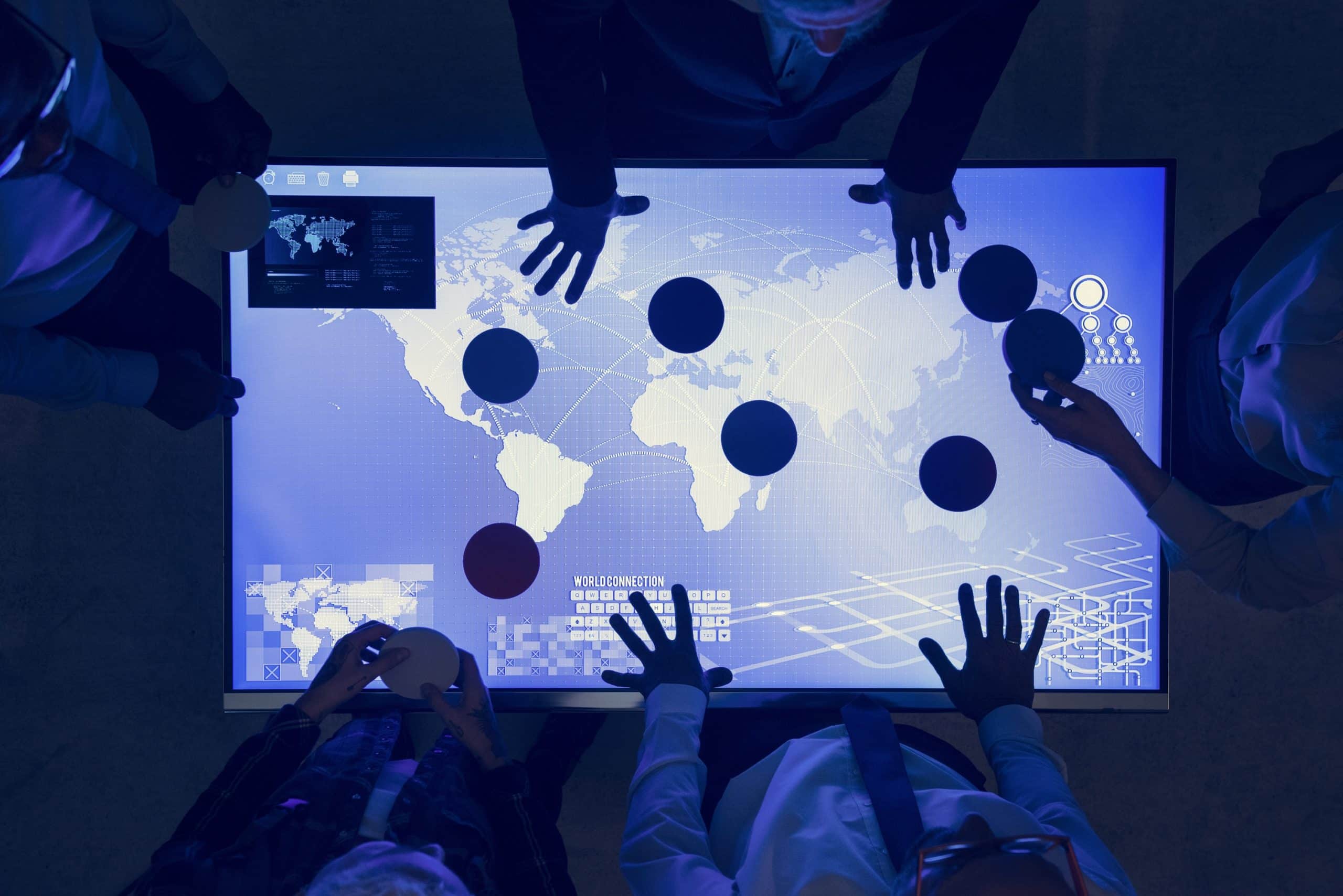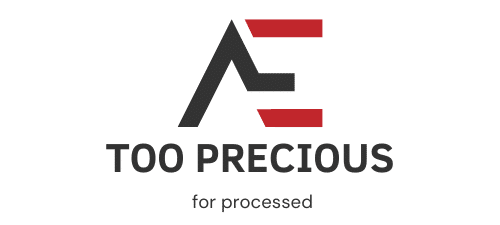What Are the Groundbreaking Technologies for Tracking and Analyzing Soccer Player Movement?

In the realm of sports, technology has emerged as a game-changer. For a sport as globally revered as soccer (or football, as it’s called in many parts of the world), the application of technology has revolutionized its very fabric. From enhancing player performance to breaking down the minutiae of the game, data has become an indispensable tool. But how is this data collected? What technologies are enabling this transformation? Let’s delve into the world of groundbreaking technologies for tracking and analyzing soccer player movement.
The Era of Performance Data in Soccer
In the past, soccer was a sport where the abilities of players were gauged primarily through real-time observation. There was no quantifiable way to measure a player’s performance apart from the obvious goal count. However, as technology has advanced, so has the method of evaluating players. The onset of performance data in soccer has brought about a shift towards a more analytical approach in understanding the game.
En parallèle : How to Use Altitude Training Masks Effectively in MMA Conditioning?
Performance data in soccer is the quantitative measure of a player’s activity in a game. It encompasses a wide array of metrics ranging from the number of passes made, distance covered, to even the speed at which a player runs. The collection, analysis, and interpretation of this data provide valuable insights into a player’s performance, game strategy, and overall team dynamics.
Tracking Technologies in Soccer: From GPS to Wearable Sensors
In order to collect performance data, various tracking technologies are utilized. Initially, GPS (Global Positioning System) technology was used to track player movements on the field. However, due to the limited precision of GPS in tracking short and rapid movements that are common in soccer, more advanced technologies have been developed to overcome this limitation.
Cela peut vous intéresser : What Are the Mental Preparation Techniques for Olympic Archers Facing High-Pressure Situations?
Presently, wearable sensors embedded in clothing or equipment have become a popular choice for tracking player movement and performance. These sensors can track a multitude of variables such as heart rate, speed, acceleration, and more. The data collected is then transmitted in real-time to a computer or mobile device for analysis.
One such wearable technology is the Catapult’s OptimEye S5. It’s a tiny device worn in a vest between the shoulder blades of the players. This device tracks over 900 movements per second, providing a wealth of data for analysis.
The Emergence of Smart Ball Technology
In addition to wearable technologies, smart ball technology is another innovative method of tracking and analyzing player movement. A smart ball is a soccer ball embedded with sensors that can measure various aspects of the ball’s movement such as its velocity, rotation, and trajectory.
A notable example is the Adidas miCoach Smart Ball. This ball is embedded with a sensor that communicates with a mobile app to provide instantaneous feedback about the ball’s flight path, spin, strike point, and other data points that can enhance a player’s understanding of their performance.
TOCA Training and Its Impact on Player Performance
Another remarkable technology that has made a significant impact in soccer training is the TOCA training system. This technology uses a touch trainer machine that delivers balls at various speeds and trajectories, helping players to develop a better touch and control of the ball.
The TOCA system also incorporates data analysis to provide feedback on player’s performance. Using technology to track each touch, TOCA can provide instant feedback on the quality of touches, allowing players and coaches to identify areas that need improvements.
Real-Time Data Analysis and Its Role in Soccer
The painstaking collection of performance data would be for naught if it couldn’t be analyzed effectively. Fortunately, real-time data analysis technology has made it possible to dissect and analyze player movement data as the game unfolds.
This technology amalgamates and processes the data collected from various sources, presenting it in an easily comprehensible format. It allows coaches and athletes to make informed decisions based on the analyzed data, potentially altering the course of the game in real-time.
From leveraging wearable technology, smart ball technology, TOCA training to real-time data analysis, technology is reshaping the way soccer is played and understood. As we move forward, it’s evident that the marriage between sports and technology will continue to grow stronger, leading to more sophisticated ways of tracking and analyzing player movement in soccer.
The Future of Soccer Technology: Augmented Reality, Virtual Reality, and Artificial Intelligence
Aside from wearable sensors and smart ball technology, the future of player movement tracking looks to the realms of augmented reality (AR), virtual reality (VR), and artificial intelligence (AI).
Augmented reality enhances real-world environments by overlaying computer-generated information or visual effects. In soccer, AR can provide real-time overlays of player tracking data, visualizing paths and movements as the game progresses. This technology presents a unique way for coaches and players to understand in-game movements, potentially informing tactical decisions and player positioning strategies.
Virtual reality, on the other hand, immerses users in a completely computer-generated environment. In the realm of soccer training, VR can realistically simulate game situations, allowing players to practice and develop skills in a controlled environment. VR can also be utilized for performance analysis, allowing coaches and players to review in-game movements and decisions in a fully immersive, 360-degree perspective.
Artificial intelligence and machine learning algorithms could further enhance the depth of analysis. They can process vast amounts of data at high speed and identify patterns or trends that might otherwise go unnoticed. AI can also predict future performance, inform decision-making strategies, and even aid in injury prevention by analyzing the data for signs of player fatigue or potential injury risks.
Conclusion: The Data-Driven Evolution of Soccer
From its humble beginnings as a game primarily evaluated through real-time observation, soccer has evolved into a sport significantly impacted by technology. Real-time data collected from a variety of sources such as wearable sensors, smart balls, and TOCA training systems has changed how we understand and appreciate the game.
The incorporation of augmented reality, virtual reality, and artificial intelligence promises to revolutionize the ways in which we track, analyze, and interpret player movements. By providing a more intricate portrait of player performance, these technologies will likely enable more informed and strategic decision-making, enhance training programs, and potentially prevent player injuries.
What was once a game of eyes and intuition has evolved into a systematic review of numerical data and complex analysis. The future of soccer lies in the intersection of sports performance and technological innovation, where every touch, pass, and goal is not just a moment in a game, but a data point in a sea of information. And as technology continues to evolve, so too does the beautiful game.
